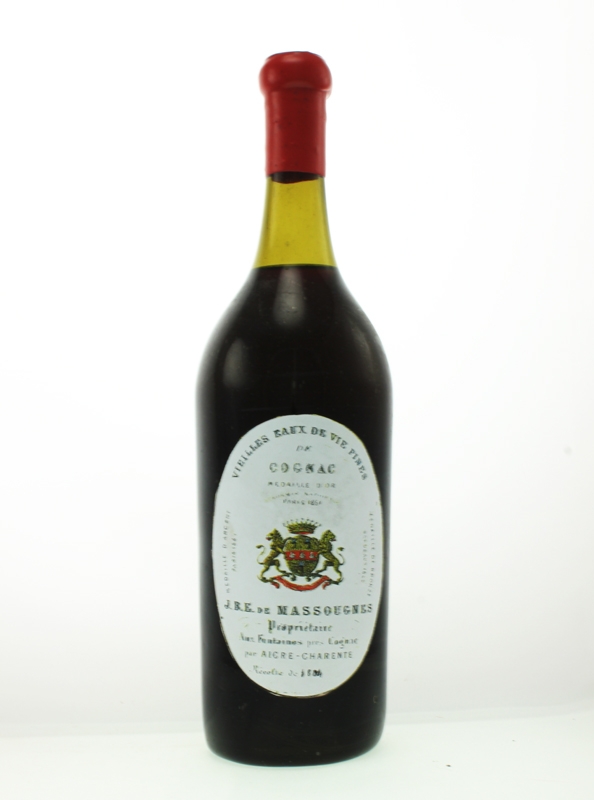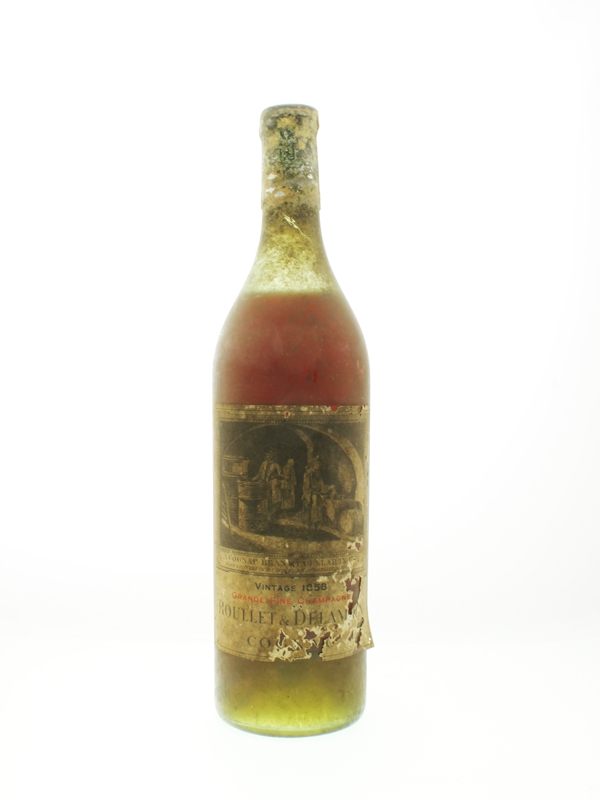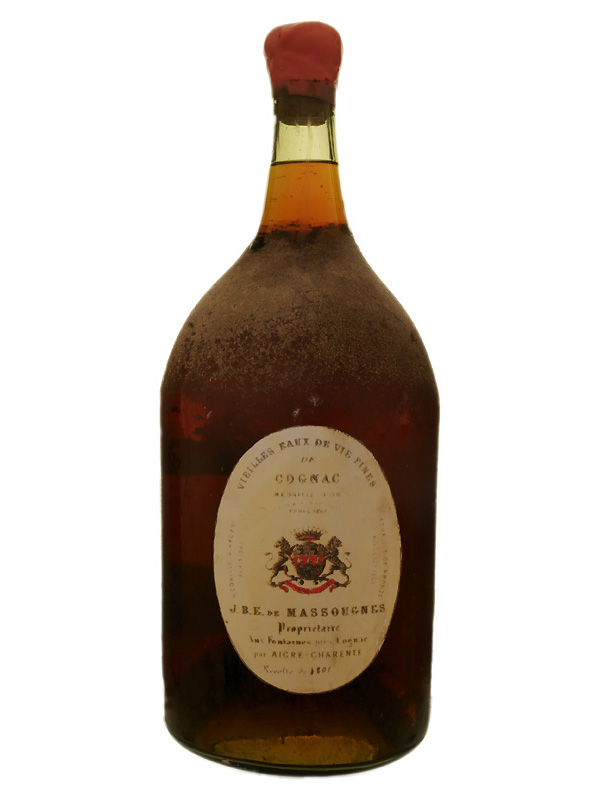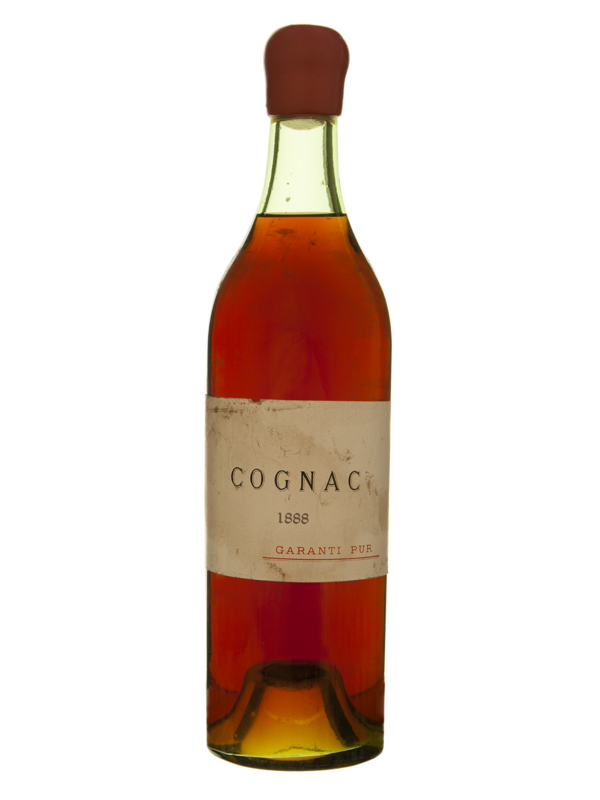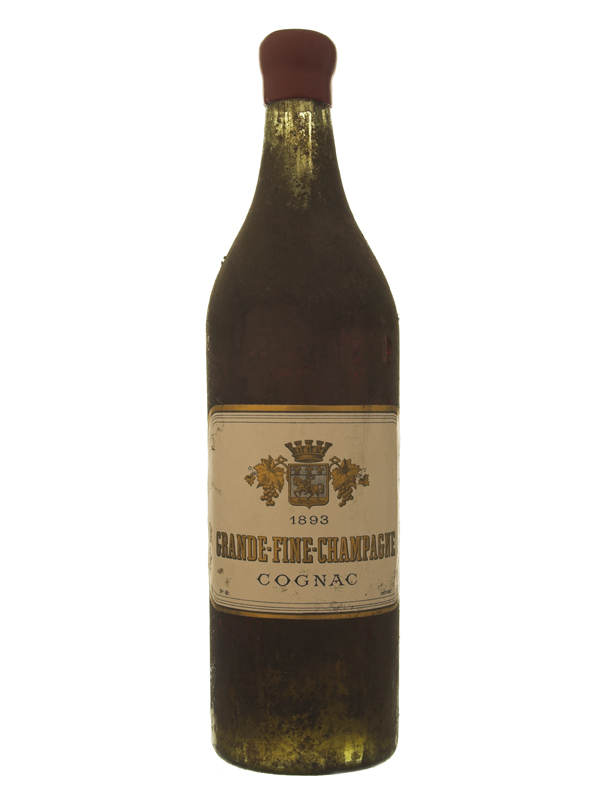Massougnes Vintage 1804 Cognac (Imperial 1/4 gallon)
Excl. VAT£10,500.00Incl. VAT£12,600.00
Only 1 left in stock
- Express delivery available
- International Shipping
- Delivery to 50+ Countries
By 1804 Massougnes had already over 100 hectares of vines but production was not as high as modern viniculture provides. Probably no more than about 5 hectoliters of spirit were produced per hectare. Methods of distillation were also different as most of the heating was done by wood fired boilers. Making the cut, the point at which you stop taking the cognac from the distillation, was largely a matter of guesswork. Most of the cognacs would have been put into quite large barrels for ageing.The large and famous Massougnes estate was sadly lost during the Phylloxera outbreak in 1874 but the last remaining descendant is still alive. The Comtesse de Bordelaise is a direct descendant of the last French Royalty. Although frail, she still lives on the remains of the Estate near Aigre.
- Cru:
- Pre 1900
- Volume (cl):
- Special
- Vintage / Age:
- 1804
- Packaging:
- No Presentation Box
Additional Information
- Ageing:
- In oak casks, probably for quite long periods once described for greater than 50 years but afterwards stored in very large glass bottles which would have held around 3-3.5 litres.
- Distillation:
- The quality of these great cognacs strongly suggests that the estate was well versed in distillation skills since they have not only kept very well but also still have excellent taste relevant to the period.
- Flavour:
- A light hazel nut flavour with many complexities of nutty flavours combined with straw and grassy flavours and an array of herby and woody tones all mixed in with a lightness and freshness of the period.
- Grape Variety:
- Folle Blanche
- Reduction & Strength:
- There is no reduction but natural ageing means that it will be just a little above 40% abv
- Viticulture:
- The vines were on the estate and although a few still exist they no longer provide wines for the family. The estate lies to the east of Aigre in what we now call Fins Bois. The area has produced some remarkable cognacs and even today the area is responsible for some very good eaux de vie. The stills were fired by wood and the wines distilled on their lees

